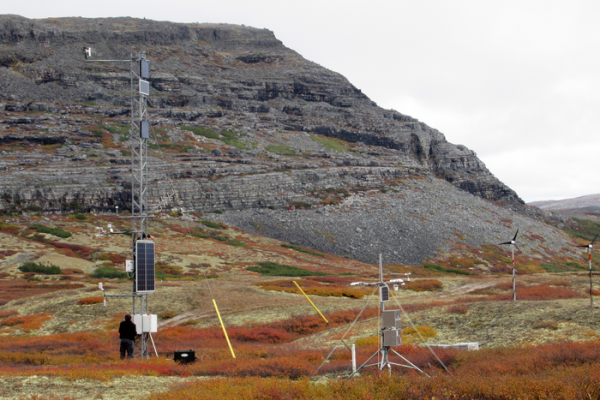Global warming is changing the Arctic by causing permafrost thaw, glacier melt, droughts, fires and changes in vegetation. These developments are strongly linked to the energy exchange between land and the atmosphere. Researchers at the University of Zurich have now shown that different plant communities in the tundra play a key role in this energy exchange but are not taken into account in climate models.
The heat waves that swept across Europe this summer made many people realize how important plants are when it comes to cooling down the environment. But how do the various types of vegetation in the Arctic affect the energy exchange between the Earth’s surface and its atmosphere? This is a highly relevant question, since the region has great significance for the climate. The Arctic is warming up at more than twice the rate of the global average leading to thawing permafrost and melting glaciers regionally. Globally, this warming is reflected in consequences far away from the Arctic, for example in cold damage in ecosystems in East Asia.
Read more at: University of Zurich
A new measurement station near Umiujaq in Canada, a transition zone from forest to tundra. (Photo Credit: Florent Domine, Université Laval and CNRS, Canada)


